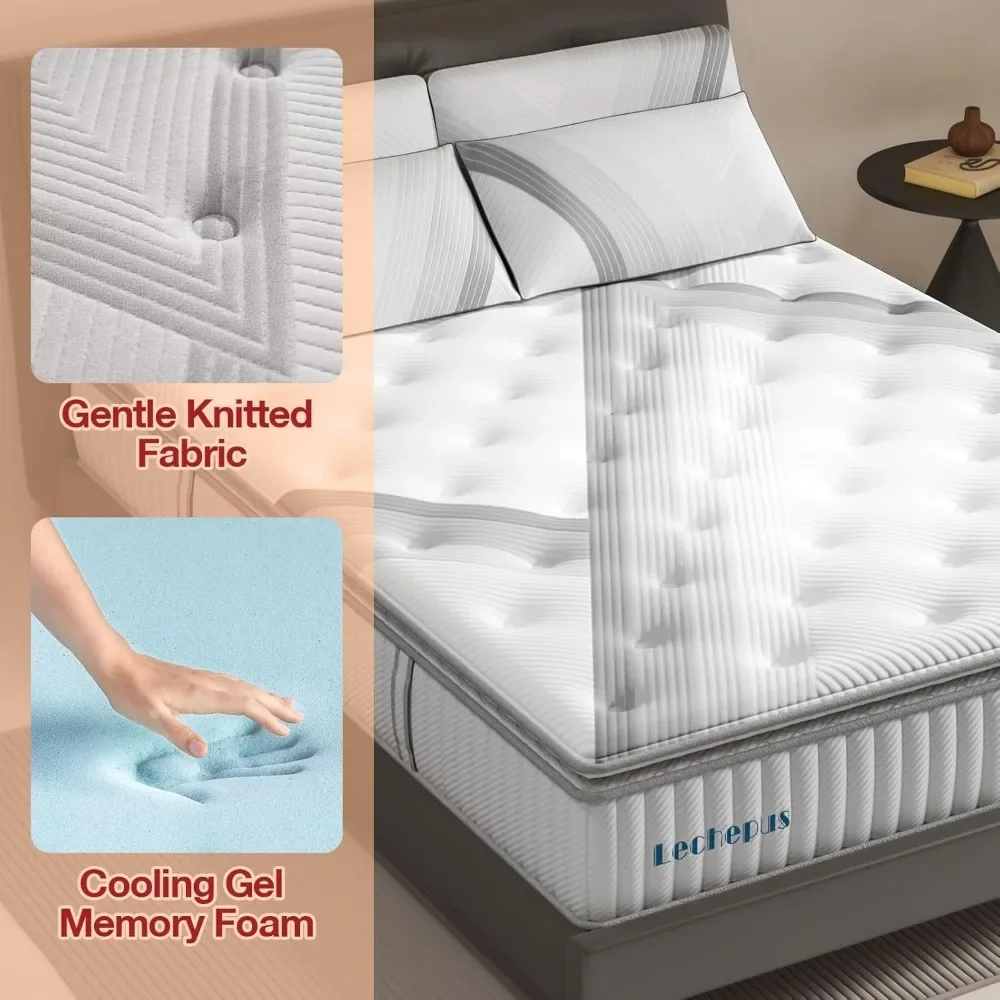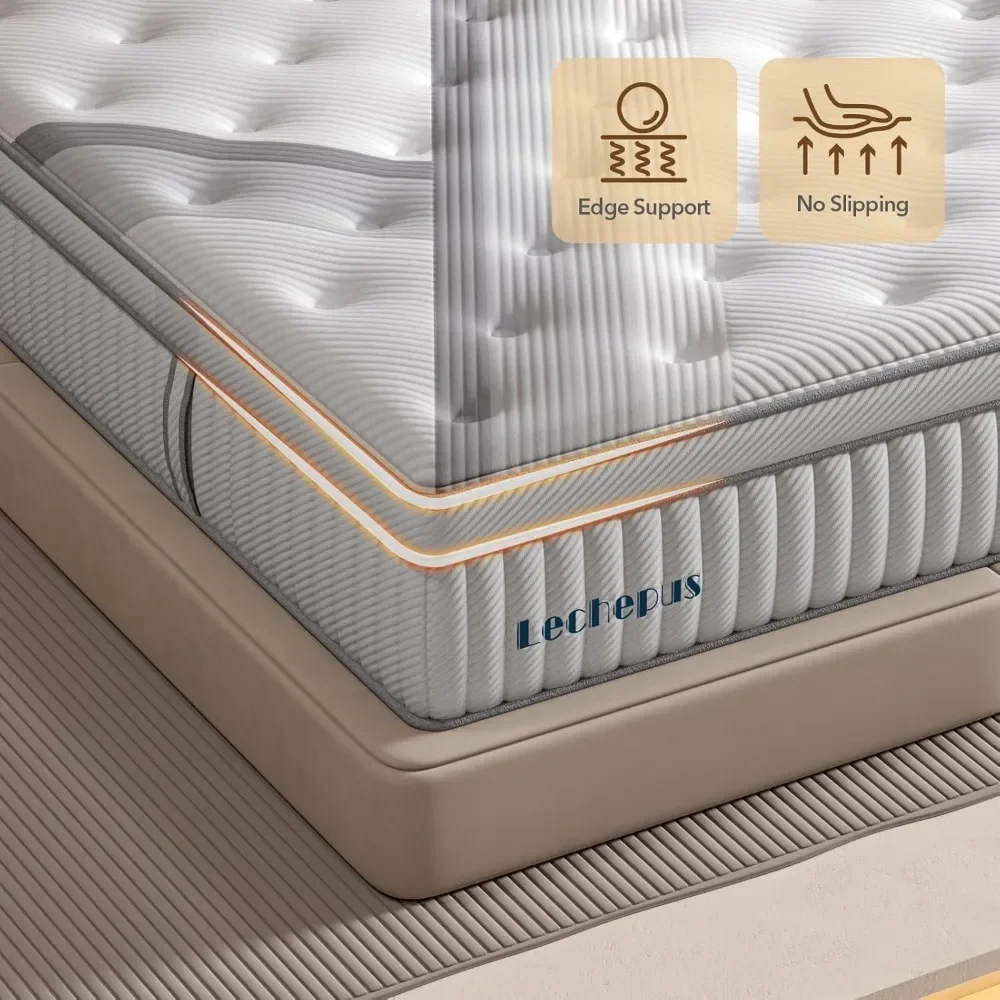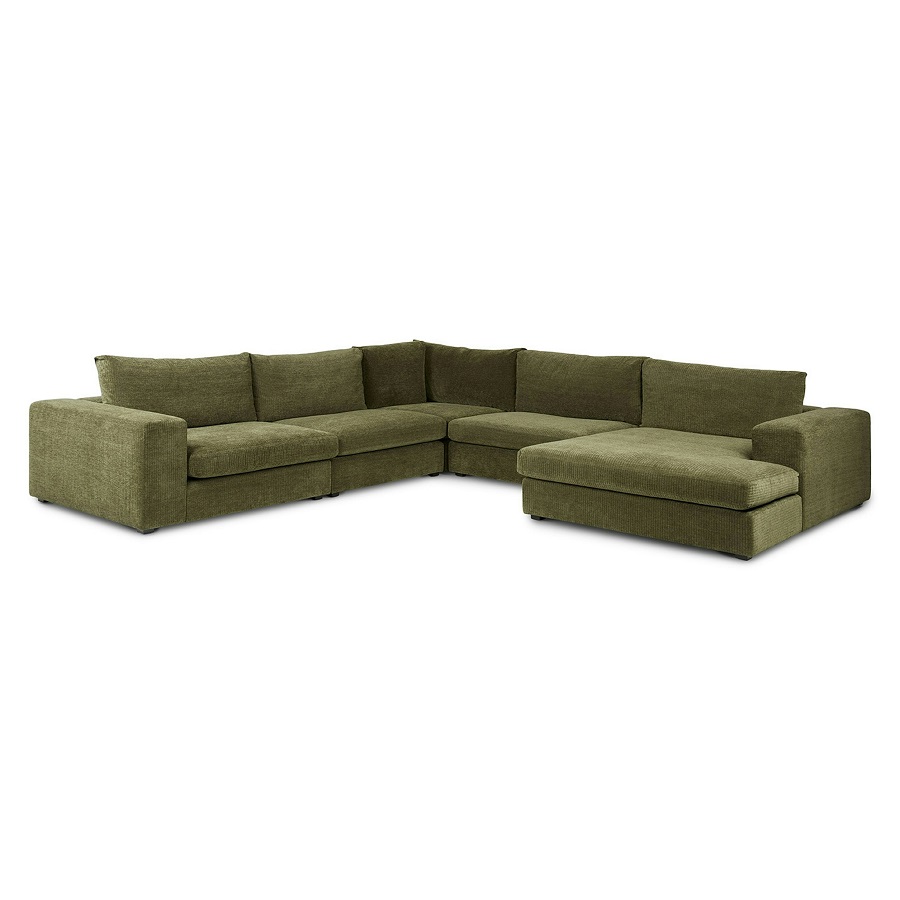Maintaining a clean and hygienic sleeping environment is paramount for a good night’s rest and overall health. Over time, mattresses can accumulate dust mites, stains, odors, and allergens, which can affect your sleep quality and comfort. In this comprehensive guide, we will explore the best methods for cleaning your mattress, ensuring that it remains a healthy sanctuary for restful sleep.
Understanding the Importance of Mattress Hygiene
Before diving into the nitty-gritty of mattress cleaning, it’s important to understand why it matters. A clean mattress is essential not only for aesthetic reasons but for health as well. Dust mites thrive in warm, humid environments, making mattresses a perfect breeding ground. These microscopic creatures can trigger allergies and asthma, leading to uncomfortable nights filled with coughing and sneezing. Additionally, spilled fluids, body oils, and sweat can lead to stains and odors if not addressed promptly. Failing to clean your mattress regularly can also result in mildew growth, which poses serious health risks. By taking the time to clean your mattress, you create a more inviting sleeping environment that contributes to better quality sleep, improved health, and ultimately, a more productive day.

Gather Your Cleaning Supplies
Before you begin the process of cleaning your mattress, it’s essential to gather all necessary supplies. A well-equipped cleaning kit can streamline the process and make it more effective. Key items to consider include a vacuum cleaner with a hose attachment, baking soda, mild detergent, white vinegar, a spray bottle, and soft cloths or sponges. A scrub brush can be beneficial for tackling tougher stains, while an upholstery or mattress cleaner spray can also be useful. If you have allergies, consider using gloves and a mask while cleaning. Organizing your supplies beforehand will not only save time but also ensure that you have everything you need for a thorough clean.
Step 1: Remove Bedding and Wash Linens
Once you’ve gathered your supplies, the first step in cleaning your mattress is to strip it of all bedding. This includes sheets, pillowcases, mattress protectors, and any decorative throws or blankets. It’s advisable to wash these items regularly, ideally every week or two, as they can harbor dust mites and allergens as well. When washing, use hot water to kill any potential pests. This is an especially crucial step if you or anyone in your household suffers from allergies. After cleaning, ensure that these linens are thoroughly dried before putting them back on your mattress. This not only creates a fresher sleeping surface but also minimizes dampness that could contribute to mold and mildew development.

Step 2: Vacuum Your Mattress Thoroughly
Once your bedding is removed, it’s time to give your mattress a thorough vacuuming. This step is crucial for removing dust, dirt, hair, and other debris that have accumulated over time. Use a vacuum cleaner equipped with a hose attachment and preferably a fabric or upholstery attachment to effectively clean the surface. Start from the top and work your way down to ensure that you capture all loose particles. Pay special attention to seams, folds, and crevices, as these areas often trap dirt and dust. Vacuuming not only makes the mattress cleaner but also helps in reducing allergens, thus promoting a healthier sleep environment. If you have a mattress with removable covers, make sure to follow the manufacturer’s instructions for cleaning.
Step 3: Spot Clean Stains with the Right Solutions
Stains are often an unfortunate reality when it comes to mattresses, but they don’t have to be permanent. Tackling stains quickly is essential for achieving the best results. Start by identifying the type of stain—whether it’s a food stain, bodily fluid, or something else—as this will guide the cleaning process. For general stains, a mixture of mild detergent and warm water can be effective. Use a soft cloth or sponge to gently dab the stain, being careful not to saturate the mattress. For stubborn stains, consider using a mixture of equal parts white vinegar and water. Spray the solution onto the stain, allow it to sit for a few minutes, and then blot with a clean cloth. Always let the area dry completely before putting your bedding back on. For persistent stains, consult your mattress’s care instructions or consider professional cleaning.
Step 4: Deodorize Your Mattress with Baking Soda
Even after thorough cleaning, mattresses can retain odors from sweat, pets, or spills. Baking soda is an excellent natural deodorizer that can help to neutralize these odors effectively. To use, simply sprinkle a generous layer of baking soda over the entire surface of the mattress. For added scent, you can mix the baking soda with a few drops of essential oil—lavender or eucalyptus are great choices. Allow the baking soda to sit on the mattress for at least 15 minutes, but ideally for several hours or even overnight if possible. This will give it time to absorb any lingering odors. After the waiting period, vacuum the baking soda off thoroughly. This simple step not only leaves your mattress smelling fresh but also increases its longevity by maintaining an optimal sleep environment.

Step 5: Rotate and Flip Your Mattress Regularly
After successfully cleaning your mattress, it’s important to establish a routine for its care. One of the best practices is to regularly rotate and flip your mattress. This strategy ensures that wear and tear is evenly distributed across the entire surface, thus prolonging its lifespan. Depending on the type of mattress, it’s advisable to rotate the mattress (turning it 180 degrees) every three months and flip it (turning it over) if applicable. However, some modern mattresses are made specifically to be one-sided, in which case, flipping may not be necessary. Regular rotation helps prevent sagging and ensures consistent comfort levels. By integrating this practice into your cleaning schedule, you can significantly enhance the longevity and comfort of your sleep surface.
Step 6: Use a Mattress Protector for Long-Term Care
Taking steps to clean your mattress is an excellent way to maintain its condition, but using a mattress protector can provide additional long-term benefits. A good mattress protector creates a barrier against spills, stains, dust mites, and allergens. Many mattress protectors are waterproof, offering protection from bodily fluids and accidental spills, thus preventing long-term damage. They are also usually machine washable, making care easy and efficient. Ideally, you’ll want to choose a breathable and hypoallergenic material to ensure maximum comfort and protection. Incorporating a mattress protector into your sleep environment not only saves you the headache of frequent deep cleaning but also contributes to a healthier, more comfortable sleep experience.
How Often Should You Clean Your Mattress?
Understanding how often to clean your mattress can play a significant role in maintaining its condition. The actual frequency can depend on various factors, including your lifestyle, allergies, and the type of bedding you use. As a general rule, a basic vacuum and deodorizing should be done every three months. However, if you have pets that share your bed or if anyone in your household suffers from allergies, consider cleaning more frequently, such as every month. Spot cleaning any stains as soon as they occur is also crucial in preventing them from becoming permanent. If you feel that your mattress is developing unusual odors or appears dirty, don’t hesitate to deep clean it even if your cleaning schedule hasn’t called for it yet. Listening to your mattress will help ensure it remains in optimal condition for years to come.
When to Consider Professional Cleaning Services
While many of the cleaning steps outlined can be accomplished at home, there may come a time when professional help is warranted. If your mattress is heavily stained, smells musty, or is suffering from persistent issues like bed bugs or other infestations, a professional cleaning service can be beneficial. They have access to specialized equipment and cleaning solutions that can tackle problems beyond the capabilities of household items. Also, if you’re unsure about the type of cleaning products to use for your specific mattress material, consulting professionals can help prevent any accidental damage. Additionally, most services provide deep cleaning that can extend the life of your mattress, making it a worthwhile investment if you’re looking to maintain a clean sleep environment.
Conclusion: Establishing a Routine for Mattress Care
In summary, keeping your mattress clean is vital for ensuring a good night’s sleep and promoting better health. By establishing a regular cleaning routine that includes stripping and washing linens, vacuuming, spot cleaning stains, deodorizing with baking soda, rotating and flipping the mattress, and using a protective cover, you can significantly prolong the life of your mattress. Don’t forget to listen to your mattress—it will let you know when it needs extra care, whether through odors or visible stains. With these methods at your disposal, you can create a comfortable and hygienic sleeping environment that enhances not only your sleep quality but also your overall well-being.










